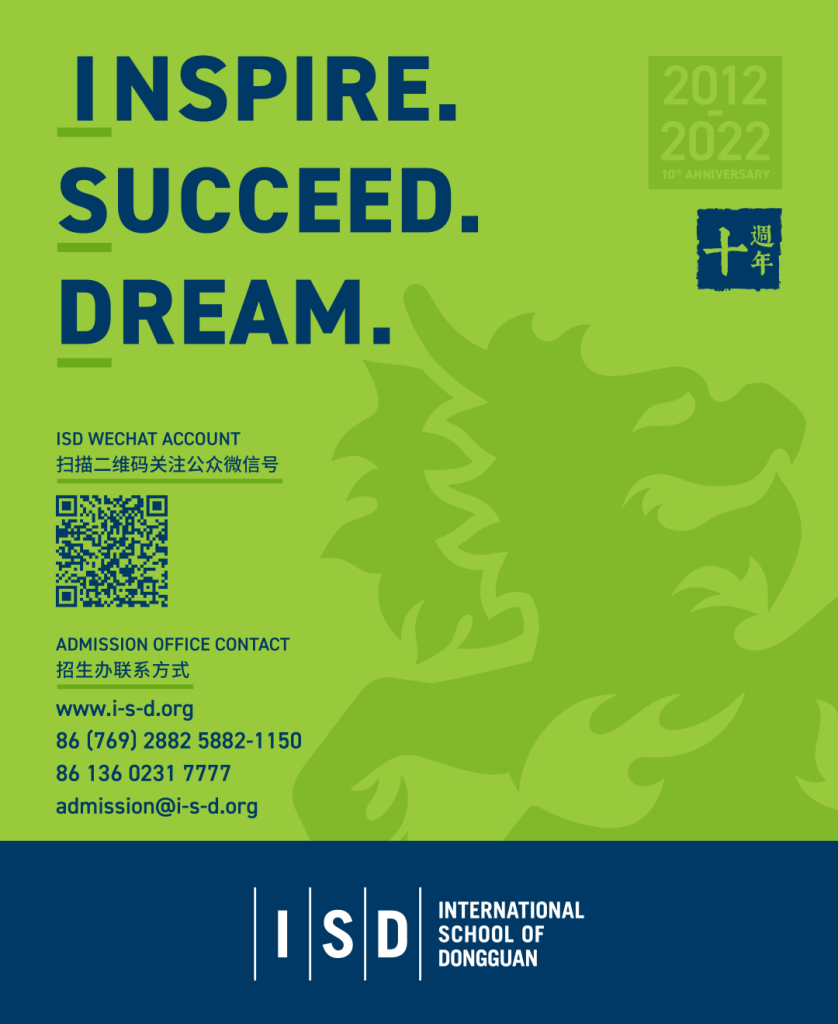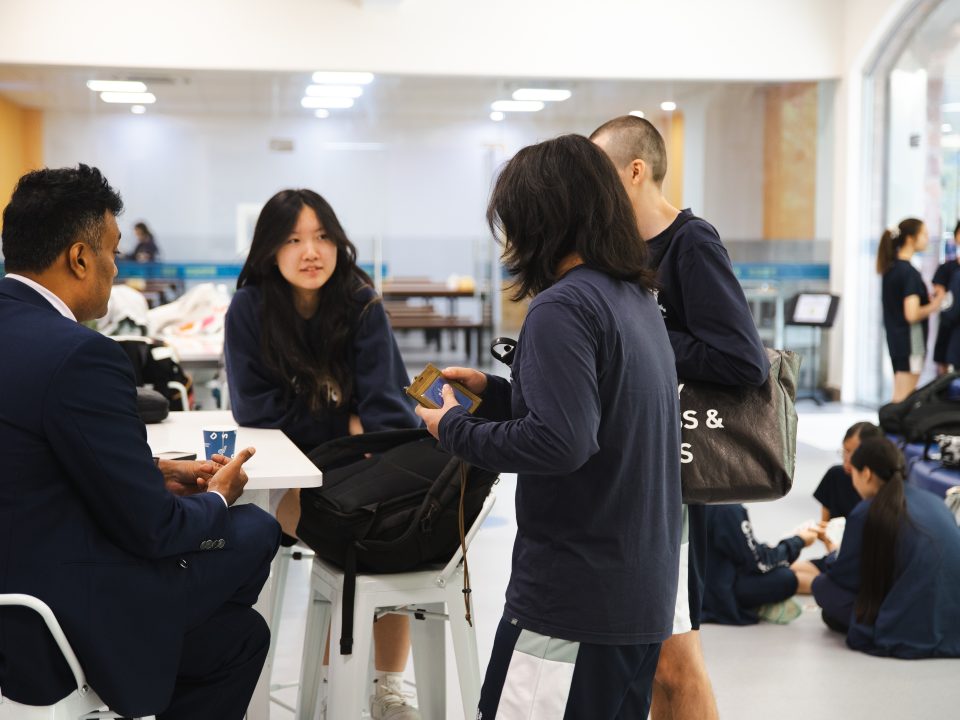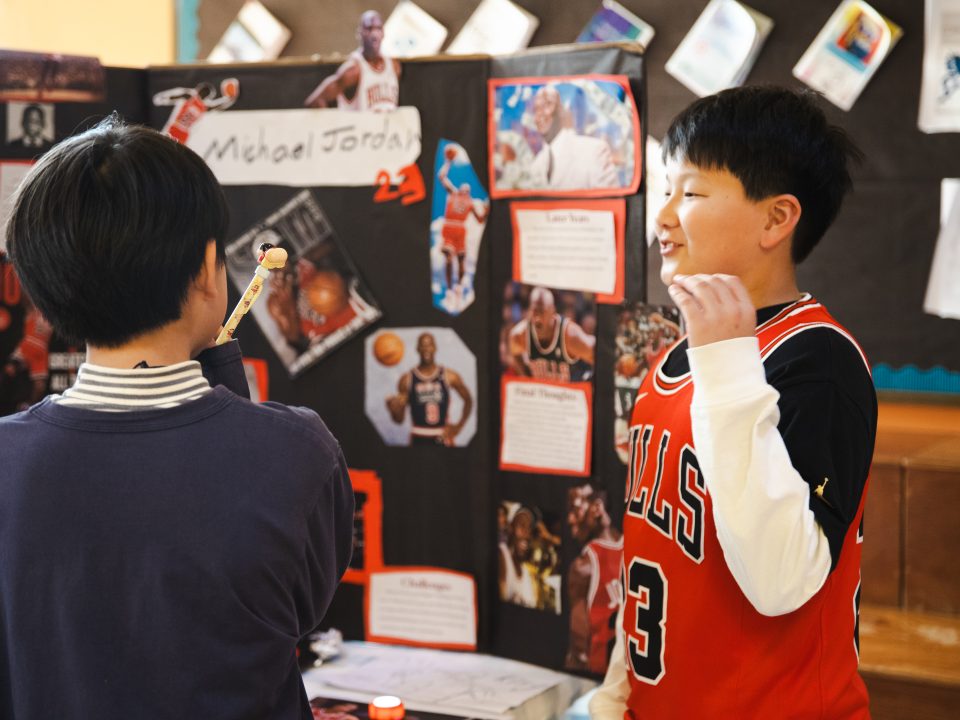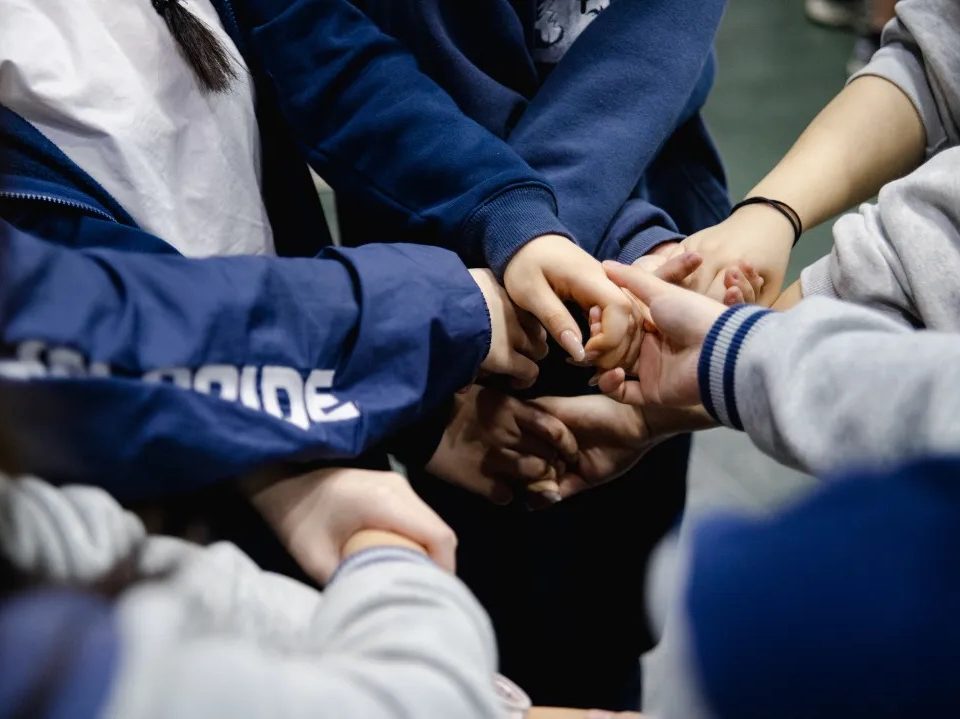Spotlight | Interdisciplinary Collaboration in Science Projects

Qilin Talk | Every Step at ISD towards Dream School
2024-05-31
Community | ISD Class of 2024 Graduation Ceremony
2024-05-31
The International Baccalaureate Diploma Programme (IBDP) students completed the Group 4 Project. Students from the three core science disciplines—Biology, Chemistry, and Physics—worked together to investigate practical problems and explore sustainable lifestyles. They presented their experimental procedures, findings, and solutions at the Science Fair and had in-depth discussions on the topics they studied.
IBDP课程的学生完成了第四组项目(The group 4 project)。选修IBDP生物、化学和物理课程的学生以小组为单位进行跨学科合作,研究实际问题,探索可持续生活方式。他们在科学展上分享了他们的实验过程、研究成果和解决方案,并就所研究的主题进行了深入讨论。
국제 바칼로레아 디플로마 프로그램(IBDP) 학생들이 그룹 4 프로젝트를 완료했습니다. 생물학, 화학, 물리학의 세 가지 핵심 과학 분야의 학생들이 함께 협력하여 실질적인 문제를 조사하고 지속 가능한 라이프스타일을 탐구했습니다. 학생들은 과학 박람회에서 실험 과정과 결과, 해결책을 발표하고 연구한 주제에 대해 심도 있는 토론을 진행했습니다.

About the Group 4 Project
The Group 4 Project is an essential, collaborative, and interdisciplinary activity mandatory for all IBDP science students. Students from different disciplines come together in teams, to collaborate on research related to specific scientific or technological topics, sharing concepts and viewpoints from their respective fields. This project encourages students to obtain a deep grasp of the significance and applications of science through hands-on learning, as well as investigate the impact of science on the environment, society, and ethics.
第四组项目是所有 IBDP课程理科学生必须参加的一项重要跨学科合作活动。来自不同学科的学生组成小组,对特定的科学或技术主题展开合作研究,共享各学科的概念和观点。该项目鼓励学生在实践中深刻理解科学的意义和应用,以及科学对环境、社会和伦理的影响。
그룹 4 프로젝트는 모든 IBDP 과학 학생들에게 필수적으로 요구되는 협업 및 학제 간 활동입니다. 서로 다른 분야의 학생들이 팀을 이루어 특정 과학 또는 기술 주제와 관련된 연구를 공동으로 수행하며 각 분야의 개념과 관점을 공유합니다. 이 프로젝트는 학생들이 실습을 통해 과학의 중요성과 응용에 대해 깊이 이해하고 과학이 환경, 사회, 윤리에 미치는 영향을 조사하도록 장려합니다.
Based on one of the United Nations Sustainable Development Goals, “Ensure access to water and sanitation for all,” the first group of students conducted scientific experiments comparing the potability of drinking water samples with river water, tap water, and pure water.
基于联合国可持续发展目标之一,即“确保所有人都能获取可持续的水资源和卫生设施”,第一组学生进行科学实验,比较了饮用水样本与河水、自来水和纯净水的可饮用性。
유엔의 지속 가능한 개발 목표 중 하나인 ‘모두를 위한 물과 위생에 대한 접근성 보장’을 바탕으로 첫 번째 그룹의 학생들은 강물, 수돗물, 순수한 물의 식수 샘플의 음용 가능성을 비교하는 과학 실험을 진행했습니다.
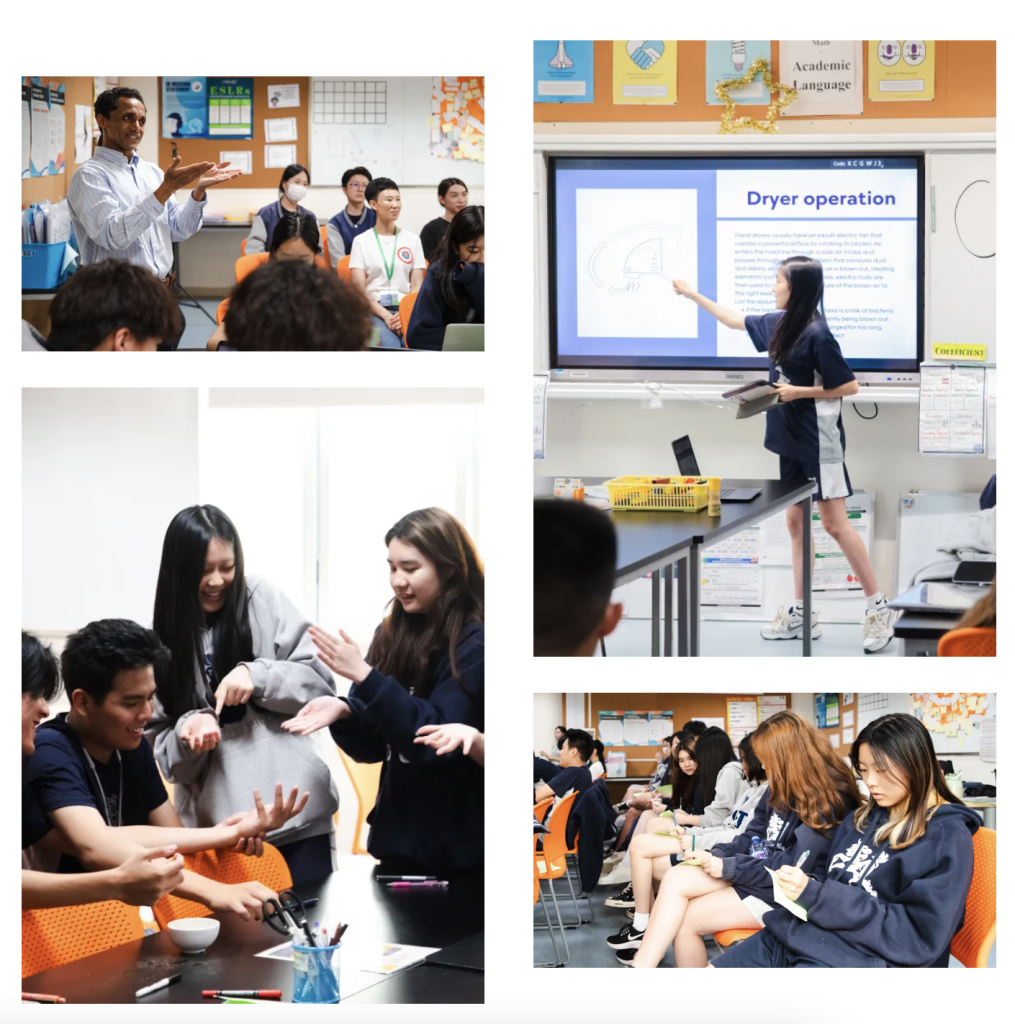
The students conducted comparative research on the pH levels, bacteria, and heavy metal content of the samples. In their experiment, they used a pH sensor to measure the acidity or alkalinity of the water and found that the pH values of the drinking water were within the normal range for human consumption. Additionally, research discovered a significant presence of bacteria in the river water, whereas tap water and drinking water contained only a small amount of bacteria. By comparing the color of the samples using metal reagents and colorimetric paper, students observed that pure water had a darker color compared to the other samples, indicating that long-term exposure to and ingestion of heavy metals in water would not pose a health hazard.
学生对比研究了样品溶液的pH值、细菌和重金属含量。在实验中,他们使用pH传感器测量水的酸碱度,发现饮用水的pH值正常,符合人体饮用的范围。此外,研究发现河水中存在大量细菌,而自来水和饮用水中只有少量细菌。学生还通过在样本中滴入金属试剂并与比色纸进行比较的方法,发现纯净水的颜色较深,而其他样品的颜色较浅,因此长期接触和摄入水中的重金属不会对健康造成危害。
학생들은 샘플의 pH 수준, 박테리아 및 중금속 함량에 대한 비교 연구를 수행했습니다. 실험에서 학생들은 pH 센서를 사용하여 물의 산도 또는 알칼리도를 측정한 결과, 식수의 pH 값이 사람이 섭취할 수 있는 정상 범위 내에 있음을 확인했습니다. 또한 연구 결과 강물에는 상당한 양의 박테리아가 존재하는 반면 수돗물과 식수에는 소량의 박테리아만 포함되어 있는 것을 발견했습니다. 금속 시약과 비색지를 사용하여 시료의 색을 비교한 결과, 학생들은 순수한 물이 다른 시료에 비해 더 어두운 색을 띠는 것을 관찰하여 물 속의 중금속에 장기간 노출되거나 섭취해도 건강에 해를 끼치지 않음을 알 수 있었습니다.
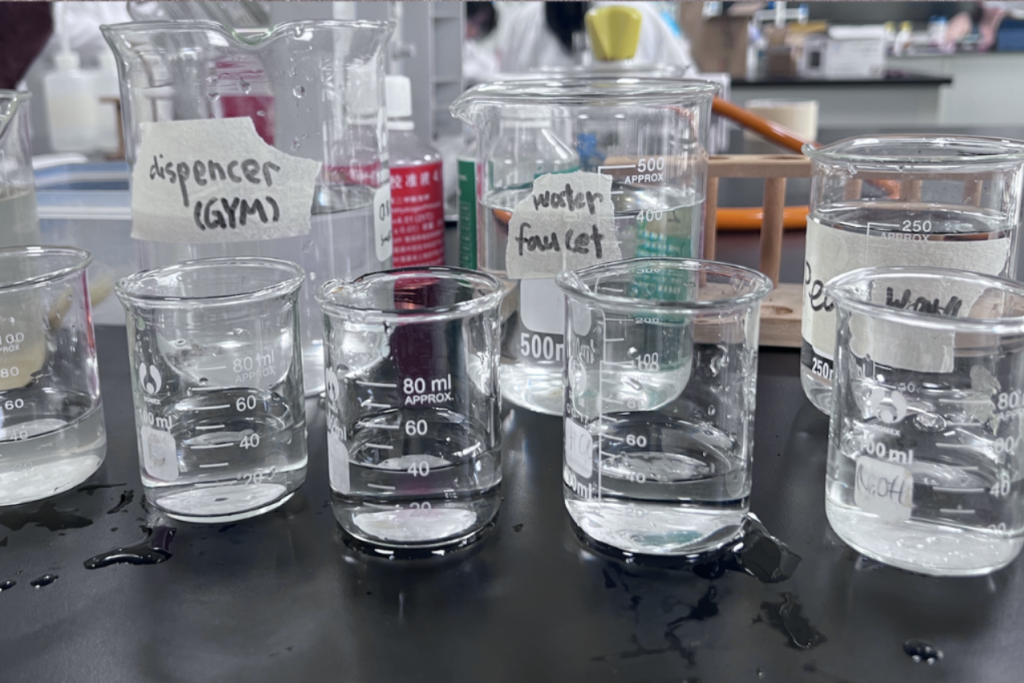
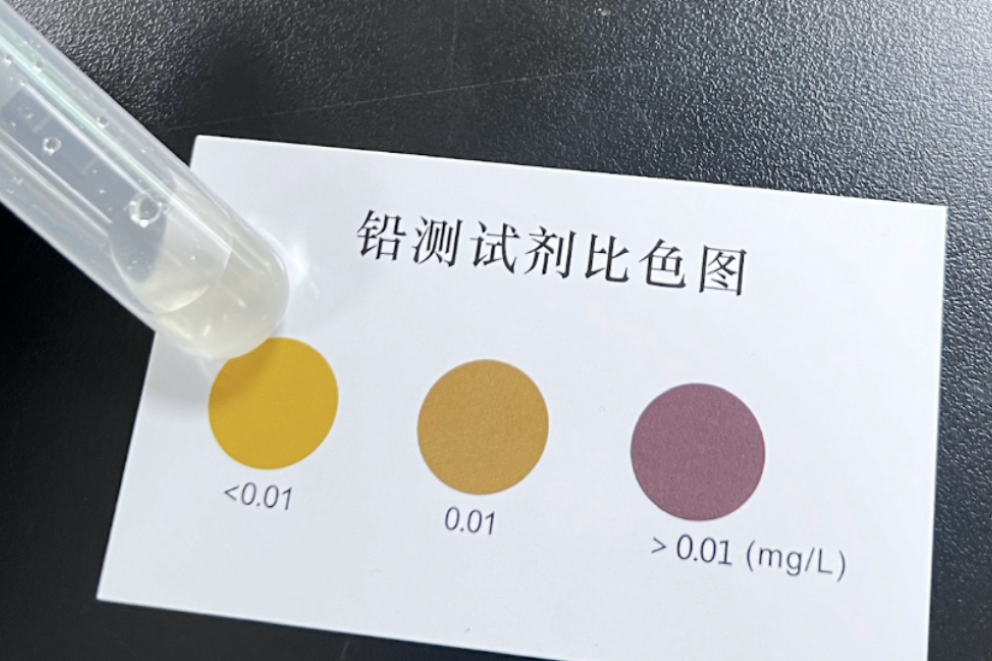
Through this research, they learned about water chemistry, environmental science, and public health aspects and raised attention to enhance awareness the school community regarding the importance of water quality.
通过这项研究,他们了解关于水化学、环境科学和公共卫生方面的知识,还提高了学校社区成员对水质重要性的关注程度。
이 연구를 통해 학생들은 수질 화학, 환경 과학 및 공중 보건 측면에 대해 배우고 수질의 중요성에 대한 학교 공동체의 인식을 제고하기 위해 관심을 높였습니다.
In another research study, their objective was to explore the most effective and hygienic hand drying method, in line with the United Nations Sustainable Development Goals of “Good Health and Well-being”, as well as “Responsible Consumption and Production”. The aim was to mitigate potential risks related to ineffective hand-drying methods and promote healthier lifestyles within the community.
另一组的研究方向是基于联合国可持续发展目标中的“良好健康和福祉”,以及“负责任消费和生产”的目标,探索最有效且符合卫生要求的干手方法,以减少不适当干手方法可能引发的潜在风险,并在社区中倡导更健康的生活方式。
또 다른 연구에서는 유엔의 지속 가능한 개발 목표인 ‘건강과 웰빙’과 ‘책임 있는 소비와 생산’에 부합하는 가장 효과적이고 위생적인 손 건조 방법을 모색하는 것이 목표였습니다. 비효율적인 손 건조 방법과 관련된 잠재적 위험을 완화하고 지역사회 내에서 더 건강한 라이프스타일을 장려하는 것이 목표였습니다.
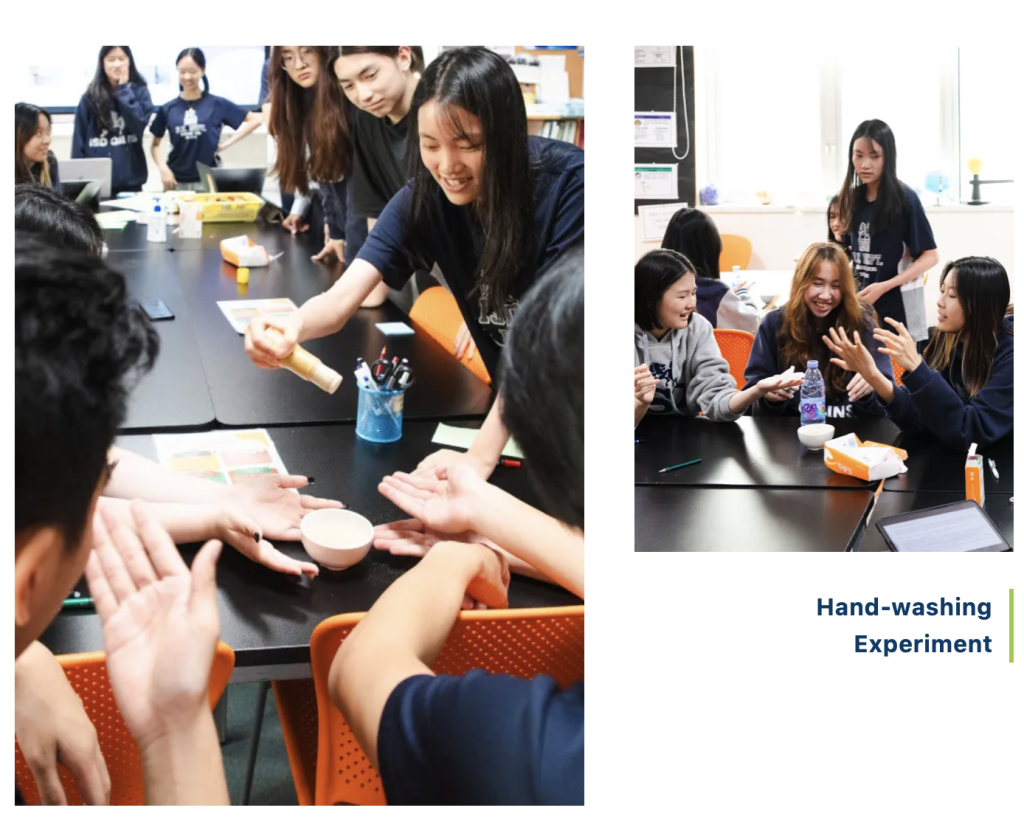
During the study process, they collected bacteria remaining on volunteers’ hands after washing and analyzed and compared the number of E.coli remaining from different hand drying methods.
在研究过程中,他们收集了志愿者洗手后手上残留的细菌,并比较和分析了不同干手方法下的大肠杆菌数量。
연구 과정에서 지원자들의 손을 씻은 후 손에 남아있는 박테리아를 채취하여 다양한 손 건조 방법에 따른 대장균의 수를 분석하고 비교했습니다.
Students from different disciplines came together to share their knowledge. Their research encompassed knowledge from multiple academic fields, including the interaction between the surfactant properties of soap and bacterial adhesion ability in the field of biology, the theories related to phase change and heat transfer in the field of chemistry, and factors such as temperature, wind speed, and surface area of the liquid influencing the rate of water evaporates in physics aspect.
不同学科的学生分享彼此的学科知识。他们的研究涉及多个学科领域的知识,包括生物学领域中肥皂的表面活性剂特性与细菌附着能力之间的相互作用,化学领域中相变和热传导的相关理论,以及物理学领域中温度、风速和液体表面积等因素对水蒸发速度的影响。
서로 다른 분야의 학생들이 모여 서로의 지식을 공유했습니다. 생물학 분야에서는 비누의 계면활성제 특성과 박테리아 부착 능력의 상호작용, 화학 분야에서는 상 변화 및 열 전달 관련 이론, 물리학 분야에서는 수분 증발 속도에 영향을 미치는 온도, 풍속, 액체 표면적 등의 요인 등 여러 학문 분야의 지식을 아우르는 연구를 진행했습니다.
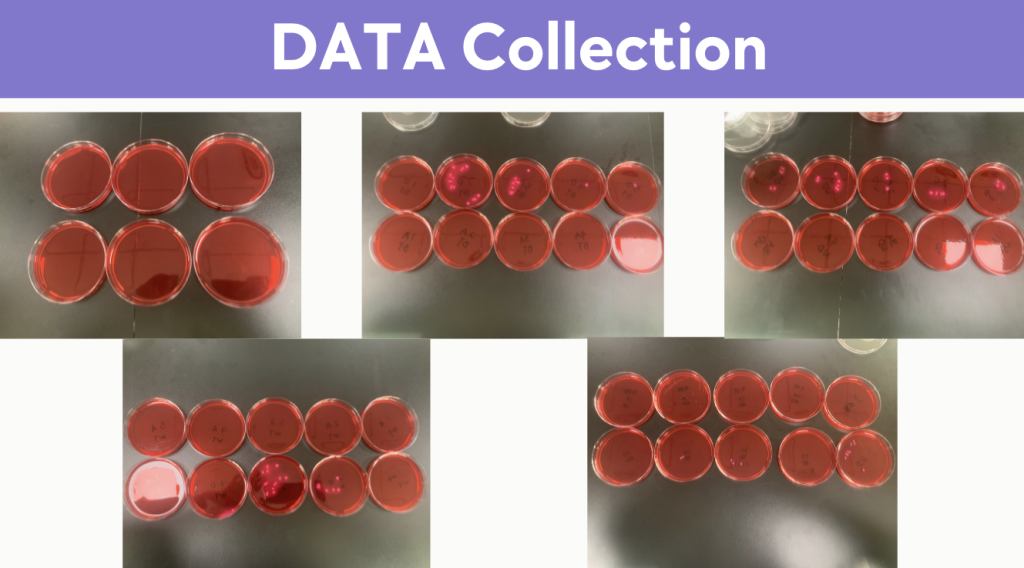
The data demonstrated no difference in the bacteria remaining on the hands after different methods of hand drying and proved that their null hypothesis is correct. However, based on their research, it was found that using soap and water was more effective in removing germs and dirt, while disposable tissues were more hygienic for hand drying compared to periodically replenishing a box of towels.
实验数据表明,无论采用何种干手方法,手上残留的细菌数量没有明显差异,支持了他们的零假设。然而,根据实验结果,使用肥皂和水可以更有效地去除细菌和污垢,而一次性纸巾比不定期更换纸盒的干手机更卫生。
데이터는 손을 건조하는 방법에 따라 손에 남아있는 박테리아의 양에 차이가 없음을 보여줌으로써 그들의 가설이 옳다는 것을 증명했습니다. 그러나 연구 결과, 비누와 물을 사용하는 것이 세균과 먼지를 제거하는 데 더 효과적이며, 일회용 티슈를 주기적으로 교체하는 것보다 손을 말리는 데 더 위생적이라는 사실이 밝혀졌습니다.
The project highlighted the process of multidisciplinary collaboration in scientific research rather than focused exclusively on the investigative outcomes, fostering a unique learning environment. This interdisciplinary collaboration and exchange improved our students’ practical skills while also developing their critical thinking and collaborative skills. Students also realized that science extends beyond the confines of the laboratory and classroom and can be genuinely applied to address real-life challenges and make positive contributions to the community.
该项目强调跨学科合作与科学研究的过程,而不仅仅是调查结果,营造了一个独特的学习环境。这次跨学科合作和交流不仅提高了我们学生的实践技能,也培养了他们的批判性思维和协作能力。学生也认识到科学并不局限于实验室和教室,而是真正应用于解决现实生活中的问题,并为社区做出积极的贡献。
이 프로젝트는 조사 결과에만 초점을 맞추기보다는 과학 연구에서 다학제적 협업의 과정을 강조하여 독특한 학습 환경을 조성했습니다. 이러한 학제 간 협업과 교류는 학생들의 실무 능력을 향상시키는 동시에 비판적 사고와 협업 능력을 개발했습니다. 또한 학생들은 과학이 실험실과 교실의 한계를 넘어 실생활의 문제를 해결하고 지역사회에 긍정적인 기여를 하는 데 진정으로 적용될 수 있다는 것을 깨달았습니다.
